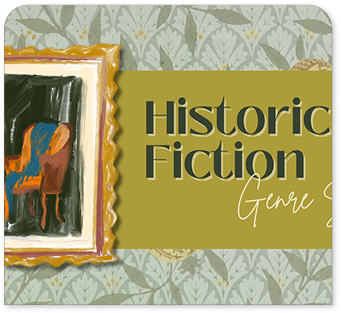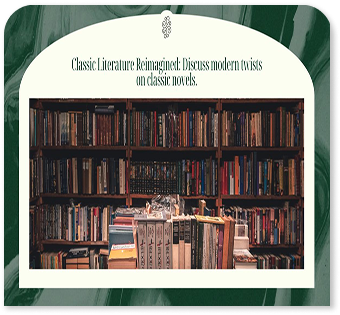-
Mon-Fri: 10AM to 8PM 01722665665
-
My Account
-
-
0
Total :
₹ 0.00

The book focuses on Indian history, covering various themes from ancient to early medieval periods.
The textbook delves into key themes such as the Harappan Civilization, early states and economies, kinship, caste and class, and cultural developments from 600 BCE to 600 CE.
It encourages critical thinking, analytical skills, and a deeper understanding of India's historical evolution through thematic explorations.
The book is meticulously organized into themes, making complex narratives more accessible and engaging for students.
Yes, it is an invaluable resource for students preparing for their board examinations in history, providing detailed insights and analysis of key topics.
While the primary focus is on text, it often includes maps and illustrations to enhance understanding of historical contexts.
Students can enhance their critical thinking, analytical abilities, and historical interpretation skills.
Yes, the book introduces students to various methodologies, including archaeological and textual analysis, essential for understanding historical narratives.
It explores themes like kinship, caste, and class, providing insights into social history and the condition of women during historical periods.
The textbook includes review questions and discussion points to facilitate self-assessment and promote analytical thinking.
No Description Added
The book focuses on Indian history, covering various themes from ancient to early medieval periods.
The textbook delves into key themes such as the Harappan Civilization, early states and economies, kinship, caste and class, and cultural developments from 600 BCE to 600 CE.
It encourages critical thinking, analytical skills, and a deeper understanding of India's historical evolution through thematic explorations.
The book is meticulously organized into themes, making complex narratives more accessible and engaging for students.
Yes, it is an invaluable resource for students preparing for their board examinations in history, providing detailed insights and analysis of key topics.
While the primary focus is on text, it often includes maps and illustrations to enhance understanding of historical contexts.
Students can enhance their critical thinking, analytical abilities, and historical interpretation skills.
Yes, the book introduces students to various methodologies, including archaeological and textual analysis, essential for understanding historical narratives.
It explores themes like kinship, caste, and class, providing insights into social history and the condition of women during historical periods.
The textbook includes review questions and discussion points to facilitate self-assessment and promote analytical thinking.


